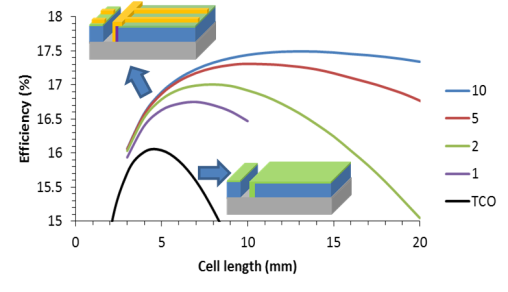
Joop van Deelen
Solliance/TNO, The Netherlands
Title: Research and business cases for thin film solar cells: benefit of thinner, cheaper layers and tandem cells
Biography
Biography: Joop van Deelen
Abstract
R&D has had a major impact in the rise of renewable energy. In addition to basic research, dedicated development enables the increase of the energy conversion efficiency. However, in the competitive market economy, companies have to make strategic choices about the viability of innovation directions. For this reason scientific, technical and economic aspects need to be combined to make smart choices in innovation.
We present several innovation routes in which Solliance has activities: improved transparent contacts, reduction of CIGS layer thickness, cheap absorber layers and tandem cells. Each innovation route has its specific advantages, but is connected to equally specific requirements to the layers surrounding the absorber, which need to be addressed. The efficiency increase and the cost associated with the technological solutions result in a balance, which is the net advantage.
For instance, thinning of the CIGS layer brings a significant cost reduction [1,2]. However, light management technology [3] and enhanced surface passivation is needed to keep the efficiency as high as possible. This leads to a range of innovation scenarios including various device designs and material choices, which will be detailed, from which the best choice becomes apparent. A vital element is the interdependence of all these factors. For different absorber layer thicknesses, different preferred adjacent technologies emerge for passivation and light management.
For improved transparent contacts, we have modeled and demonstrated the benefit by adding metallic grids on the TCO, as shown in figure 1 [4-6]. Here we also discuss the technical challenges, the economic perspective and the trade-offs involved.
One of the spearheads of modern thin film PV research is the development of perovskite solar cells. It gives the promise of cheap and abundant source materials and low-cost coating technologies to make devices. However, in addition to the limited life time, we should clearly envision the impact of such a new material and the impact on the cost structure. In addition, the promise of very high efficiency in the case of large area tandem cells can be regarded as a mid- to long-term strategy and also here the technical and economic pros and cons are reviewed.

